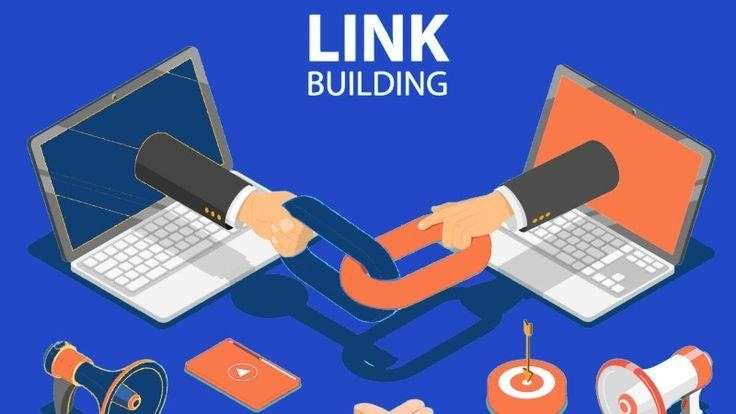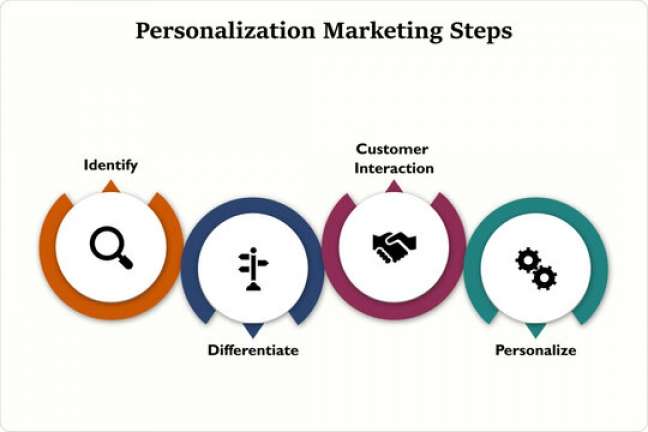Do you have a great website? Do you offer amazing products or highly-rated services?
Even with the right products or website, your business competitors might be doing better. They might have some strategy or social media tool that helps elevate them above yours.
You don’t have to stay in the dark, however. Learn how to do a competitor analysis and plan accordingly. Discover how to get this done with our list below:
Identify Your Competitors
The first step in a business competitor analysis is to know who you’re working against. List down your competitors so you can further break down how they fare versus your marketing efforts.
Start locally. The other businesses in your hometown are the ones that directly affect your sales.
Look at competitors who sell similar products and services within a limited radius. If their reach is similar to yours, list them down. However, knowing your competitors is only half the battle.
Identifying their audience is also the next step.
Who Is Their Audience?
Why is it important to know their audience? Say for example you sell coffee beans. Doing your research, you’ve found three other businesses within the vicinity that offer the same products.
However, what if you’re the only one who sells coffee intended for slimming down? Your products are the only ones that target people who need to lose weight or those who want to live healthier.
Check for other audience metrics too. Are their customers of the same age range as yours? Are they from the same neighborhood or working class?
If there are too many differences, you might be able to find empty niches to fill. If your competitors don’t cater to adults but sell similar products, you could refocus some of your efforts on those consumers.
What Do They Offer?
Check what your competitors offer too. If you sell shoes, check if your competitors sell the same kind. If they do, these count as direct competitors and you’ll need to dig in further and compare your performances against theirs.
If both businesses offer HVAC repair, for example, you need to discover whether or not they do better than your business. Do they enjoy more success? Now it’s time to discover how and why.
Both businesses might offer repair jobs, but what sets them apart from yours? Do they also offer long-term HVAC maintenance, warranties on replaced parts, or other add-ons that you don’t?
Those additional products or services might be the reason people flock to them instead of checking out your business. List down the differences and see which ones you can invest in.
Analyzing Sales Tactics
Your next step is to study their marketing and sales tactics.
Do they rely heavily on content marketing? How often do you see their ads on social media platforms like Facebook or TikTok? Check if they rely on social media influencers and how much they spend on this strategy.
One of the best ways to understand their tactics is to pretend you’re a shopper. Use this as a personal competitor analysis example. You’ll learn firsthand how their conversion funnel works, how they handle customer service, and whether or not they use partner reselling programs.
Run polls on your business pages too. Ask your customers whether they tried shopping from your competitors. For those who did, what convinced them to switch sides?
What Platforms Are They On?
Learn where your competitors reach their audiences. Check if they rely solely on their website or if they also build their brand on Instagram, Twitter, or TikTok.
If they are on a certain platform you’re not, question whether it works for you. Even if their business finds success on TikTok, yours might not. It all depends on your audience and your brand.
For example, TikTok might work better for a business with a casual brand identity. If yours is more formal, it’s a smarter move to use Twitter and Instagram.
Use Competitor Analysis Tools
At the end of the day, you need hard numbers too. You need to understand the metrics that define your competitor’s tactics, sales, successes, and failures. You’ll need tools that also analyze how they run their SEO and ad campaigns too.
SpyFu is one of the most famous tools for this task. Find out which keywords your competitors use and how they utilize them. You’ll discover what kind of content and backlinks help your competitors rank high for these particular keywords.
Similarities and Differences
One of the main advantages of competitor analysis is the fact you can identify the similarities and differences that set you apart. A competitor might sell different products but might be taking away the same customers due to what they offer. Competitors might have a similar marketing strategy to yours so you might want to try something new.
Call a Professional
Competitor analysis is not an easy task to handle. Instead of handling it yourself, the better option is to hire a researcher. An expert at competitor analysis and SEO is a safer course of action.
Not only do they have the tools to get the job done, they already know every step to take, ensuring you don’t waste time. They also know how to read the metrics from your analytics tools.
Will it cost more? It will at first but the results pay for themselves. You’ll get accurate answers in less time and you’ll be able to form a strong strategy guaranteed to hit your goals.
Now You Know How to Do Competitor Analysis
Learning how to do competitor analysis isn’t something you can master in a day. That said, this guide should give you all the tips you need to get you on the right track. Of course, it’s always better to call in an expert for their knowledge, tools, and skills.
Don’t stop with this guide, however!
If you enjoyed this post about competitor analysis, why not read more of our lists for more tips and tricks? We discuss marketing topics, business strategies, real estate, and more!
Read Also: Marketing Tips: How To Improve Your Website And Get More Traffic
















